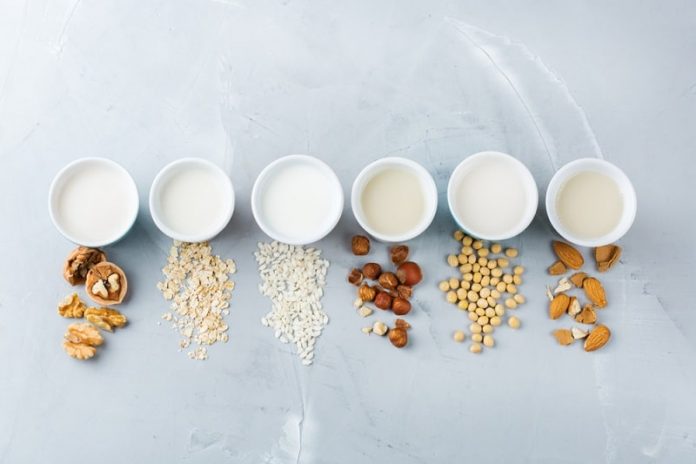If you are living a vegan lifestyle, then I am sure that you’ve asked in which you receive your best vegan protein sources. Because a vegan diet doesn’t include meat, protein has to be mined out of plant-based foods and not understand what foods provide high protein or how to combine foods can lead to protein lack properly.
Today we assembled the top listing of the best vegetarian protein sources that you can mix to receive the maximum protein. Should you have to discover a little extra protein to your diet, then read on to learn the highest vegan protein sources for you.
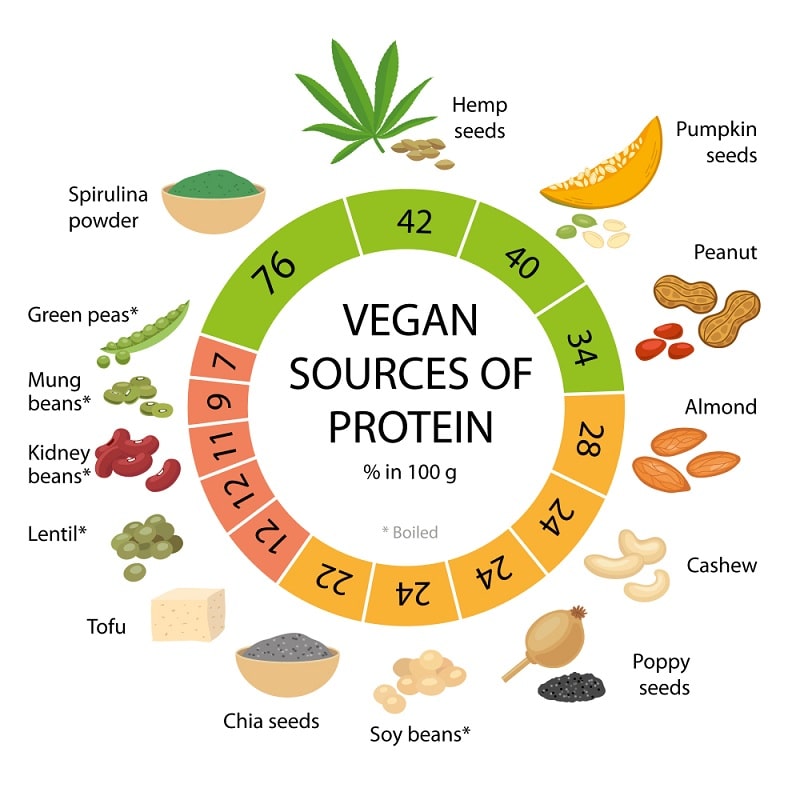
Why vegetarian and vegan should eat protein from different sources?
Protein is an essential part of our nutrition, making up about 18% of their human body’s weight and it’s the main component of our skin, muscles and internal organs, especially the heart and brain, as well as our eyes, hair, and nails.
Our immunity system also requires protein to make antibodies that expected to help fight ailments, and proteins from different sources also play a part in blood sugar regulation, fat metabolism, and energy role.
Protein foods break into 23 naturally occurring amino acids, which referred to as the building blocks of protein. Of them, nine referred to as essential amino acids, and this means we must have them out of food, as your human body cannot make them.
As a vegan, amino acids must be contained in the daily diet to give optimal nutrition.
The real key to obtaining the proper amount of protein, and all of the necessary amino acids, would always be to unite various grains with various vegetables and legumes such as beans and pasta or kale.
Variety is vital in regards to being vegan, and maybe not using replacement products such as vegan cheese to make any lack as they are technically a processed food and extend modest health benefit.
14 Highest Vegan Protein Sources
1- Nutritional Yeast
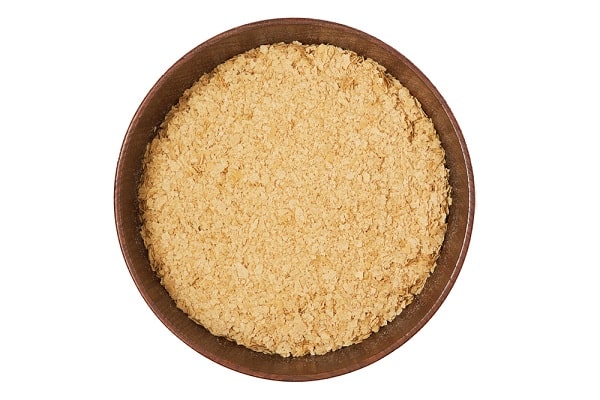
It is an inactive yeast that is yellowish in appearance and has a distinctive pleasant, umami-rich taste. It has 4 grams of protein each two tablespoons and, as a bonus, which has been a great vegan supply of vitamin B12. Many food sources of vitamin B12 are animal resources.
Therefore many vegans will need to supplement. Talk with your physician to make certain that you’re getting sufficient in the event that you eat a vegan diet. Appreciate nutritional yeast sauces or snacks, sprinkled on the next pasta dish tossed to a bowl of peppermint.
2- Seitan
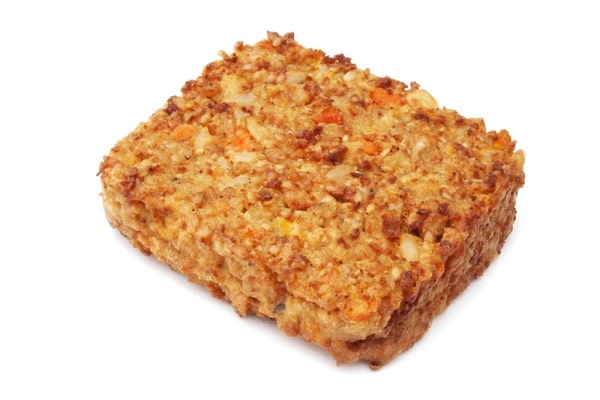
Seitan is a staple in plant-based diets. It’s created with vital wheat germ-free, the main protein in wheat, which ends in a chewy and hearty feel that really imitates meat in certain dishes. A 3-ounce dose of seitan contains 20 grams of protein. You can make seitan yourself by simply purchasing vital wheat gluten, or locate it precooked alongside the broccoli in the refrigerated section of the local supermarket or natural-foods shop.
3- Soy
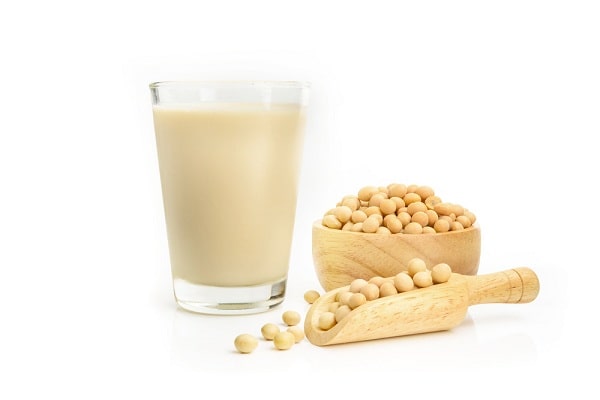
Soy protein can become a part of a healthy plant-based diet regime. Foods such as broccoli, broccoli, tempeh, edamame, and soy milk are great alternatives for adding protein in your diet plan. The omnipresent vegan protein is frequently associated with refined patties or puzzle”meat” loaf.
However, it generally does not have to become. Strive cooking a stirfry featuring tempeh or tofu, steaming some edamame for an easy appetizer, or topping your early morning cereal with soy milk.
4- Eggs
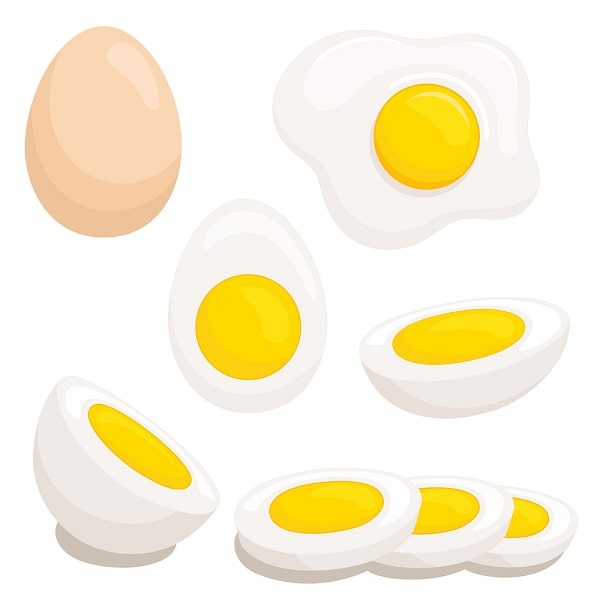
Starting your day with an egg can help curb cravings later in the day–just don’t bypass the yolk. “It is a great supply of the nutrient choline, which is vital for cells to work properly,” says Warren.
5- Lentils
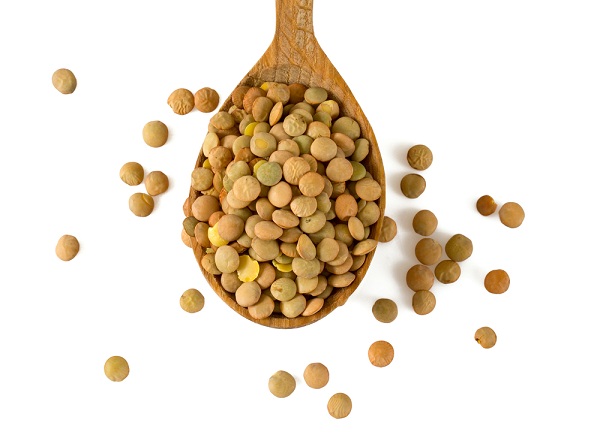
All these small beans are packed with about the Same amount of hunger-quelling fiber as beans, but they want no soaking and cook at just 20 to half an hour. What’s more,” they are a superb source of folate–even more than beans–that is important to a nervous system and heart health,” says Warren.
6- Nuts
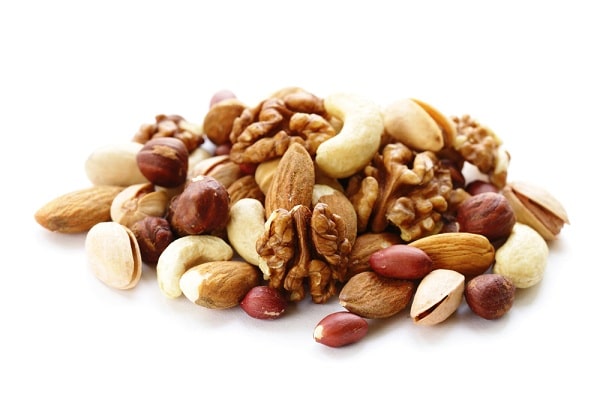
She advises skipping low-fat varieties that eliminate a lot of the fantastic fat and picking for jars with just two components: nuts and salt.
7- Tempeh
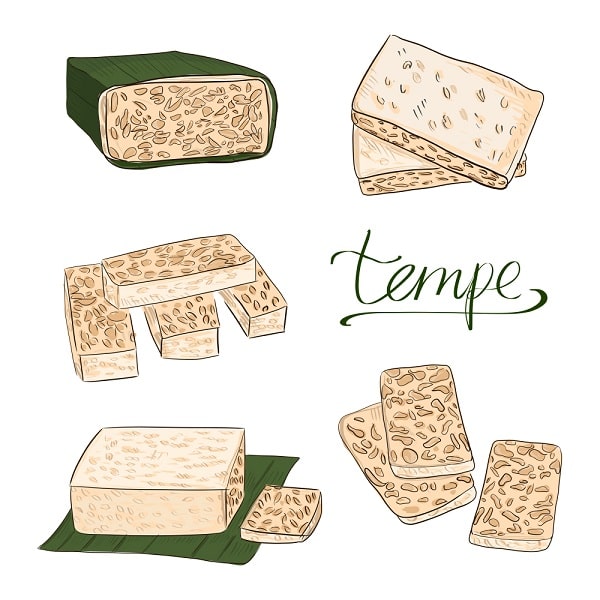
Like tofu, it’s made from soybeans, but with a twist: “The beans are fermented, “The Fermentation process also breaks down the carbohydrates that many individuals have Trouble digesting, making it an easier-to-tolerate alternative for individuals whose Bellies don’t conduct tofu.”
8- Beans
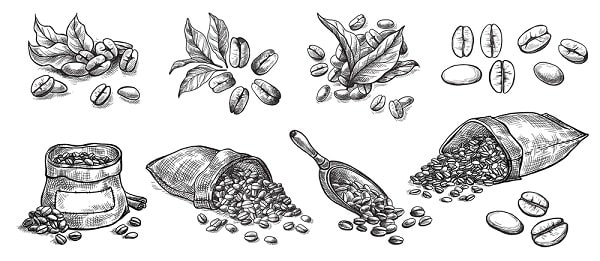
A serving of beans makes any dish more filling, thanks to an abundance of protein and fiber. “Being rich in both types of fiber–soluble and insoluble–beans also help reduce cholesterol and promote healthy digestion,” says Warren, that proposes eating a variety, such as chickpeas, black beans, and heirloom beans, for the widest range of nutrients.
Cook a huge batch of dried beans for use throughout the week, or stock up on cans with BPA-free linings and no added salt.
9- Potatoes
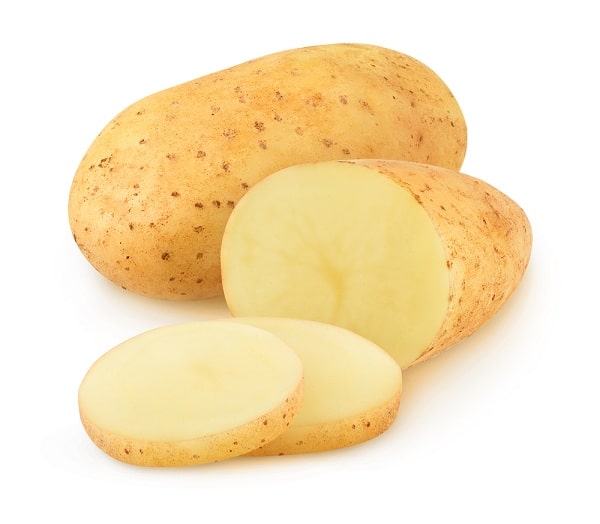
The humble spud is not famous for being a healthy food owing to its many unhealthy incarnations (looking at you, french fries and loaded potato skins), but it is actually a healthy addition to your daily diet plan.
Only one russet potato contains 8 grams of protein, even more potassium than a banana, and is still a fantastic source of fiber. Other varieties like sweet or red potatoes do not contain as much protein, but they nevertheless can lead to your daily intake goal.
10- Legumes

A go for vegans seeking to bulk up their protein intake, legumes are the budget-friendly base of many plant-based dishes. The category of beans contains beans and lentils, both powerhouses in regards to plant protein.
Use lentils as a taco filling, either in chili or as a curry base. Beans are really versatile; a few of the favorite ways to utilize them are mixed into hummus, shaped into fritters, or as baked potato toppers.
11- Quinoa
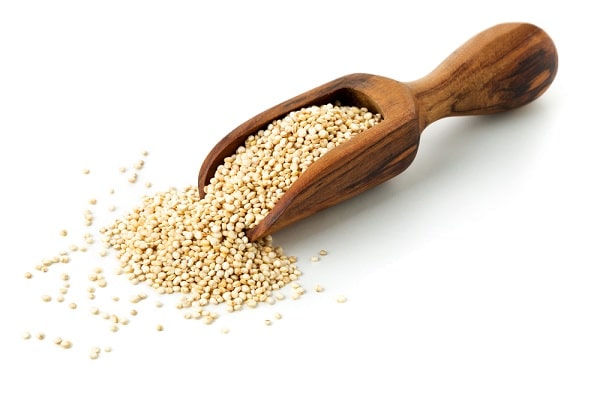
Most consider quinoa as a grain, as in fact, it is a seed out of a green leaf that’s part of their beet, Swiss chard, and spinach family. White, red, and black quinoa can be utilized in cooking and baking, but make certain that you wash it before adding it into any meals natural coating saponin can provide it a sour or soapy taste.
There are infinite ways to eat quinoa. However, Godfrey recommends with it to make stuffed peppers or pitching a spoonful to a cold vegetable salad.
12- Sunflower seed butter
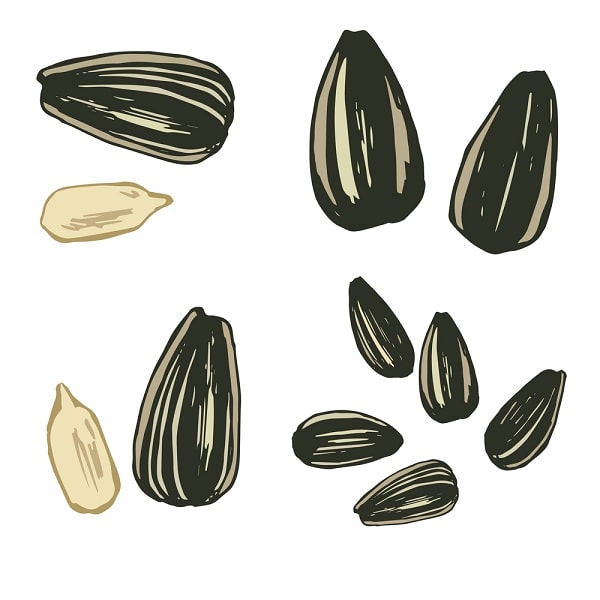
Proceed, nut butter. Swap it wherever you may make use of peanut or almond butter. Smear it on toast, scatter it overnight oats, combine it in smoothies, or mend yourself an SB&J for lunch. You have the picture.
13- Pea Protein
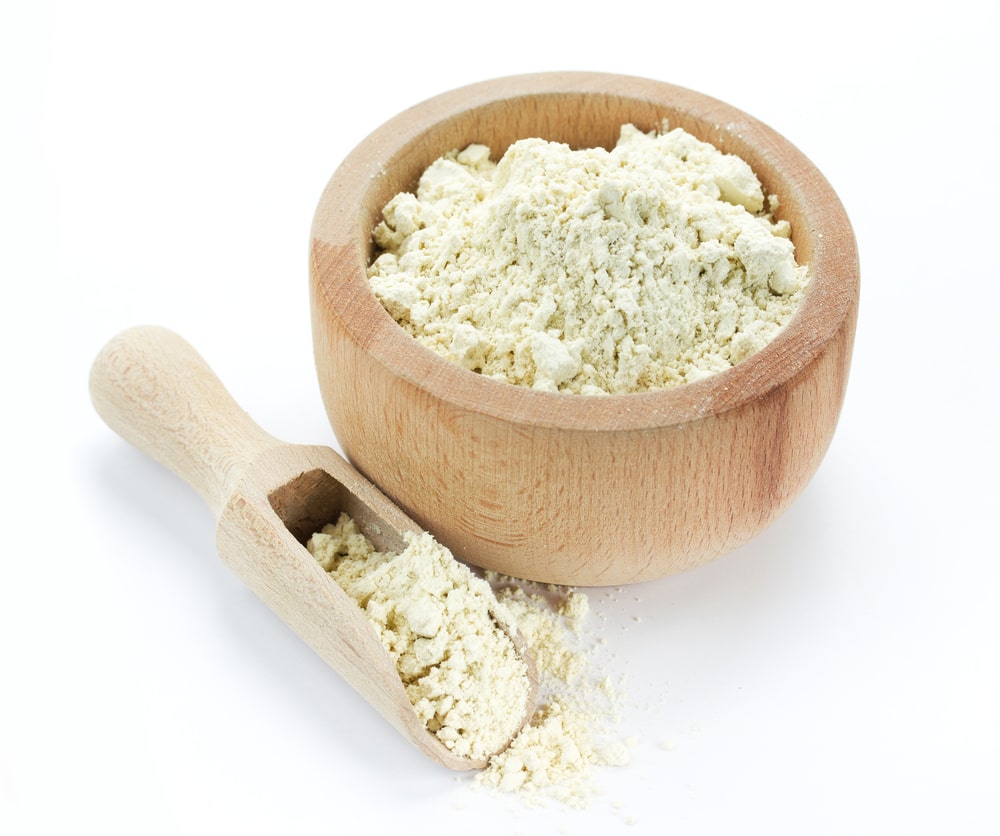
Preparing them into meals is a superb way to incorporate them into your diet plan, but they have come to be extremely popular as a result of the production of pea protein powder and its own replacement for soy or whey protein.
Grinding the peas into a powder (after that fiber and starch have eliminated ) leaves a very concentrated form of pea protein isolate. Its greatest advantage is the fact that it is hypoallergenic, as it does not contain soy, gluten, dairy products, or even any of the most typical dietary allergens.
The majority of individuals digest it fairly easily, and because it is almost neutral in taste, it pairs nicely with chocolate, vanilla, or any other natural flavors. Pea protein powders can nowadays be seen in almost every shop, so try experimentation and add them into smoothies, acai bowls, or even homemade protein bars.
14- Hemp Protein
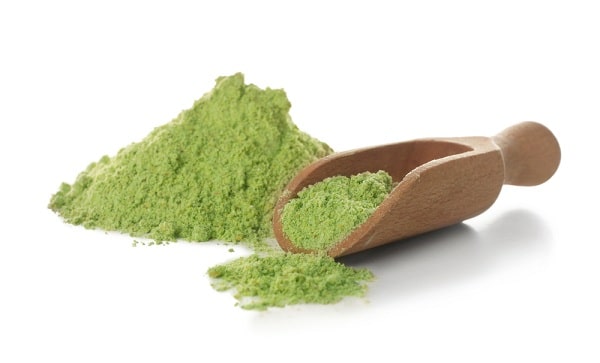
Hemp has become the most frequently encountered vegan protein supply, as it packs 15g from 1/4 cup. People usually find it hard adjusting for its taste, as it is fairly earthy and not as neutral as pea protein.
It pairs nicely with chocolate as its abundance can mask the earthy flavor. However, dates and other coconut or nuts can get the job done as well. Digestion issue is rare, and it has a very large absorption rate.
Steak protein bars can be found in many health food shops and also in vegan-friendly protein powder blends. It is not a bad idea to start using these as functioning together with pure powder type at home can be extremely frustrating as you attempt to discover the very best ratio to mask its powerful flavor.
Conclusion
Vegetarians and vegan who take in a wide selection of plant meals may certainly satisfy their highest protein sources, though the protein material of vegetarian diet plans is commonly lesser than this of omnivorous food diets. Many vegetarians try to eat more protein than will be demanded. The usage of protein sources, as opposed to animal protein, can perform a part in weight control and decreasing chronic illness hazard.
